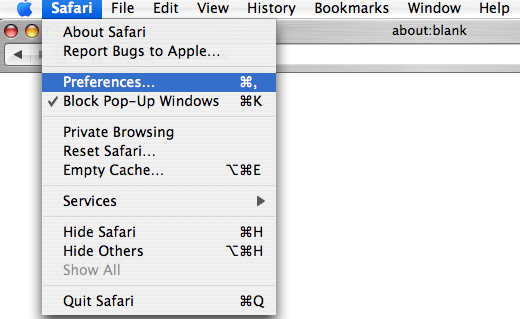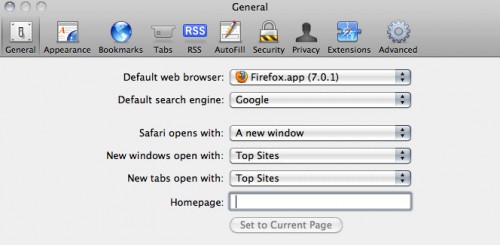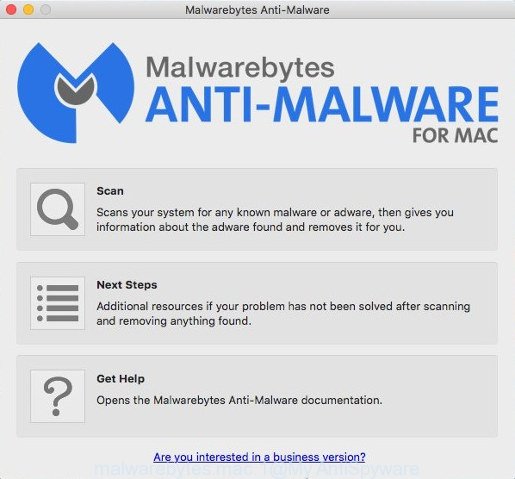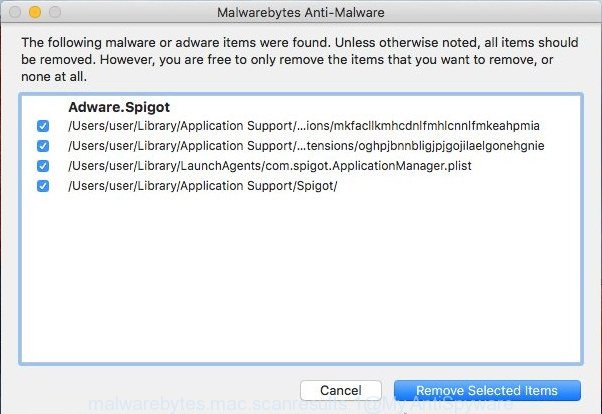Do you get Copush.com pop-up notifications with the Google Chrome logo or at upper right of screen? If yes, then it is possible that your browser settings have been changed or your computer has become a victim of PUP (potentially unwanted program) from the adware (also known as ‘ad-supported’ software) category. Here, in this post below, you can found the helpful steps on How to restore browser settings, delete Copush.com pop-up notifications and advertisements from your MAC for free.
It’s likely that you might be bothered with these unwanted copush.com notifications. You should not disregard this problem. It might not only change your browser settings, but redirect your web-browser to unwanted web sites and annoying ads. What is more, copush.com can analyze your browsing, and gain access to your personal information and, afterwards, can share it with third-parties. Thus, there are more than enough reasons to delete copush.com notifications from your internet browser.
The tutorial below explaining steps to remove Copush.com notifications problem. Feel free to use it for removal of push notifications that may attack Chrome, Safari and Firefox and other popular internet browsers. The instructions will help you restore browser settings and thus clean your web browser from all undesired notifications and ads.
Remove Copush.com pop-up notifications
In the few simple steps below, we will try to cover the Firefox, Safari and Google Chrome and provide general help to remove Copush.com pop up advertisements and push notifications. You may find some minor differences in your Apple Mac install. No matter, you should be okay if you follow the steps outlined below: remove all suspicious and unknown applications, reset internet browsers settings, run free malicious software removal tools. Read this manual carefully, bookmark or print it, because you may need to shut down your web browser or reboot your MAC OS.
To remove Copush.com push notifications, use the steps below:
- Get rid of Copush.com notifications without any utilities
- Check your Mac for adware
- How to stop Copush.com notifications
- To sum up
Get rid of Copush.com notifications without any utilities
If you perform exactly the few simple steps below you should be able to remove the Copush.com notifications from the Firefox, Chrome and Safari web-browsers.
Uninstall suspicious software by using the Finder
First, go to the Finder and delete questionable software, all applications you don’t remember installing. It’s important to pay the most attention to programs you installed just before Copush.com notifications appeared on your browser. If you don’t know what a program does, look for the answer on the Web.
Open Finder and click “Applications”.

Very carefully look around the entire list of programs installed on your computer. Most probably, one of them is adware that responsible for the appearance of unwanted popup advertisements. If you’ve many apps installed, you can help simplify the search of malicious programs by sort the list by date of installation.
Once you’ve found a suspicious, unwanted or unused application, right click to it and select “Move to Trash”. Another method is drag the program from the Applications folder to the Trash.
Don’t forget, choose Finder -> “Empty Trash”.
Remove Copush.com pop-up notifications from Google Chrome
Run the Reset web-browser utility of the Google Chrome to reset all its settings to original defaults. This is a very useful tool to use, in the case of internet browser redirects to intrusive ad web-sites.
First open the Google Chrome. Next, click the button in the form of three horizontal dots (![]() ).
).
It will display the Google Chrome menu. Select More Tools, then press Extensions. Carefully browse through the list of installed add-ons. If the list has the plugin signed with “Installed by enterprise policy” or “Installed by your administrator”, then complete the following guide: Remove Chrome extensions installed by enterprise policy.
Open the Google Chrome menu once again. Further, click the option called “Settings”.

The web browser will display the settings screen. Another solution to show the Google Chrome’s settings – type chrome://settings in the web browser adress bar and press Enter
Scroll down to the bottom of the page and click the “Advanced” link. Now scroll down until the “Reset” section is visible, as on the image below and press the “Reset settings to their original defaults” button.

The Google Chrome will display the confirmation prompt as displayed in the figure below.

You need to confirm your action, click the “Reset” button. The web browser will run the task of cleaning. After it is complete, the web-browser’s settings including startpage, new tab and default search provider back to the values which have been when the Chrome was first installed on your Apple Mac.
Delete Copush.com pop-ups from Mozilla Firefox
If the Mozilla Firefox web browser application is hijacked, then resetting its settings can help. The Reset feature is available on all modern version of Mozilla Firefox. A reset can fix many issues by restoring Firefox settings such as startpage, newtab page and search provider by default to their original settings. It will save your personal information such as saved passwords, bookmarks, auto-fill data and open tabs.
Click the Menu button (looks like three horizontal lines), and click the blue Help icon located at the bottom of the drop down menu as shown on the image below.

A small menu will appear, click the “Troubleshooting Information”. On this page, click “Refresh Firefox” button like below.

Follow the onscreen procedure to return your Firefox browser settings to their original settings.
Remove Copush.com notifications from Safari
If you find that Safari web browser settings have been changed by Copush.com, then you may revert back your settings, via the reset browser procedure.
Click Safari menu and select “Preferences”.

It will open the Safari Preferences window. Next, click the “Extensions” tab. Look for unknown and suspicious add-ons on left panel, choose it, then click the “Uninstall” button. Most important to get rid of all unknown plugins from Safari.
Once complete, click “General” tab. Change the “Default Search Engine” to Google.

Find the “Homepage” and type into textfield “https://www.google.com”.
Check your MAC for adware
Run malicious software removal utilities to remove adware and pop-up ads automatically. The freeware utilities specially designed for browser hijackers, adware and other potentially unwanted applications removal. These tools can remove most of ad supported software from Mozilla Firefox, Chrome and Safari. Moreover, it can remove all components of ‘ad supported’ software from Windows registry and system drives.
Run MalwareBytes Free
We recommend using the MalwareBytes Anti-Malware (MBAM). You can download and install MalwareBytes AntiMalware to search for ad supported software and thereby get rid of pop up ads and push notifications from your web browsers. When installed and updated, the free malware remover will automatically check and detect all threats exist on the Apple Mac.
MalwareBytes Anti-Malware can be downloaded from the following link.
21174 downloads
Author: Malwarebytes
Category: Security tools
Update: September 10, 2020
After the download is finished, close all programs and windows on your MAC OS. Open a directory in which you saved it. Run the saved file and follow the prompts.
Once setup is done, you’ll see window as shown below.

Now click the “Scan” button to look for ‘ad supported’ software that responsible for browser push notifications. This task can take some time, so please be patient. While the MalwareBytes Free is checking, you may see number of objects it has identified either as being malicious software.

Once MalwareBytes Anti-Malware has finished scanning, MalwareBytes will show a list of all threats found by the scan. Once you have selected what you want to get rid of from your MAC OS click “Remove Selected Items” button.

The Malwarebytes will now remove adware and add items to the Quarantine.
How to stop Copush.com notifications
It’s also critical to protect your browsers from harmful webpages and ads by using an ad-blocking application such as AdGuard. Security experts says that it’ll greatly reduce the risk of malware, and potentially save lots of money. Additionally, the AdGuard can also protect your privacy by blocking almost all trackers.

- AdGuard can be downloaded from the following link.
AdGuard for Mac download
3887 downloads
Author: © Adguard
Category: Security tools
Update: January 17, 2018
- After downloading is done, start the downloaded file. You will see the “Setup Wizard” program window. Follow the prompts.
- Once the setup is finished, press “Skip” to close the install application and use the default settings, or press “Get Started” to see an quick tutorial which will assist you get to know AdGuard better.
- In most cases, the default settings are enough and you don’t need to change anything. Each time, when you start your MAC system, AdGuard will start automatically and block unwanted pop-up ads, Copush.com notifications, as well as other malicious or misleading websites.
To sum up
After completing the step-by-step tutorial above, your machine should be clean from unwanted Copush.com notifications. The Firefox, Chrome and Safari will no longer display annoying push notifications. Unfortunately, if the few simple steps does not help you, then the best way – ask for help in our Spyware/Malware removal forum.

















